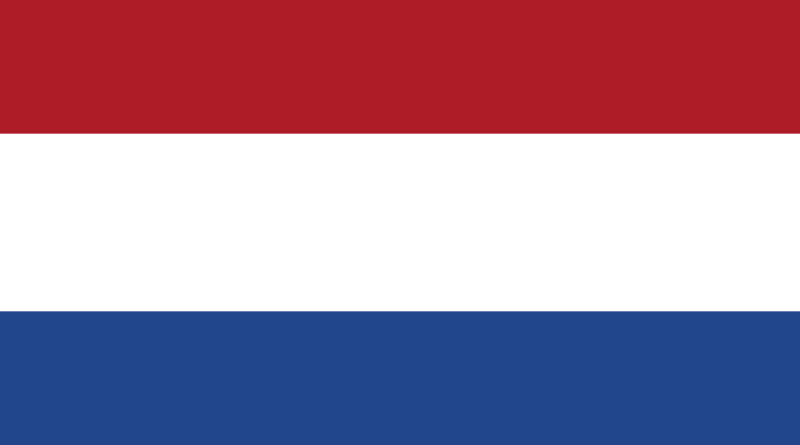Quarantine life in the Netherlands
Study abroad student from the Netherlands explains the differences between Dayton, Ohio, and Europe during the global pandemic. Photo of the Netherlands flag courtesy of Wikipedia.
Vera van Nuenen
During this global pandemic, I got sent home from UD to my parents’ house back in the Netherlands.
Sadly, it completely changed my study abroad experience. From being able to live on campus, have international friends and enjoy UD’s welcoming vibe, I now am bound to my parents’ home, needing to finish the semester online with a six hour time difference.
I figured out while being in the U.S. for a longer period of time that the U.S. does not really show news regarding Europe. With big things happening such as the Brexit or the Eurovision Song Contest, people surrounding me did not know what those things were. We, on the other hand, are bombarded daily with news about what is going on in the U.S.
What really struck me in this period is how different countries tried to adapt to the pandemic and what was happening around it. In Italy and Spain, for example, there was a total lockdown where people were not really allowed to leave the house unless necessary. On the other hand, Denmark already opted to end their lockdown, and Sweden did not have a lockdown at all. But, in my opinion, the Netherlands used a system of total chaos.
Our country has not been on a total lockdown. Since I came back (the end of March), we have been in quarantine. Our Prime Minister Mark Rutte has put up some rules, but some of them are not taken too seriously. Events and festivals are canceled till the beginning of September, and shops and restaurants are closed (except for takeout).
Celebrating our King’s birthday (Willem-Alexander Claus George Ferdinand, King of the Netherlands) on April 27 was a weird experience.
Instead of having city centres full of people partying and wearing orange, strolling second hand markets and having other traditions, city centres were completely empty while people tried to maintain some traditions while being at home. One of the main rules is that we are not allowed to be together with more than three people within a distance of 1.5 meters (with an exception of family members in the house). This is apparently not being followed in our culture.
If you have ever heard of the Netherlands, the main thing you may know is that it has bad weather and rains a lot (oh, and of course, Amsterdam), but ever since quarantine has happened, it has been sunny outside.
All the more reason for people to go outside. Parks and the city centres are crowded and when the evenings begin, people jump on their bikes to get some fresh air. This seems all very disturbing at this time since a lot of people are still dying from COVID-19. Our country has decreased in the number of people getting sick and people dying, so apparently the system is working.
What is also really different in comparison to the U.S., or in my experience with Dayton, Ohio, is that you all live on campus while studying. In the Netherlands, we do not really have the campuses you have. We often just happen to live in the same city where university is, travel to it by train (because we students don’t have the money to have our own car), or in most cases, live together with other students in so-called ‘student houses.’
For example, I live in a big student house with 19 people.
Since our living situations have, in most cases, nothing to do with the university, we are able to stay and live together with our roomies — even during this pandemic.
Some people decided to leave the house due to high risks of getting corona, but some of them decided to stay.
By being able to live together with your roommates, it makes the whole situation a lot more bearable, and maybe even to the point that corona is not the biggest thought on our minds.
After everything, I am glad that I could live and study at UD. It took an unexpected turn, but I was able to also experience a pandemic in the U.S. and in Europe, as well.
UD, thanks for having me.
For more coronavirus news like Flyer News on Facebook and follow us on Twitter (@FlyerNews) and Instagram (@flyernews)

